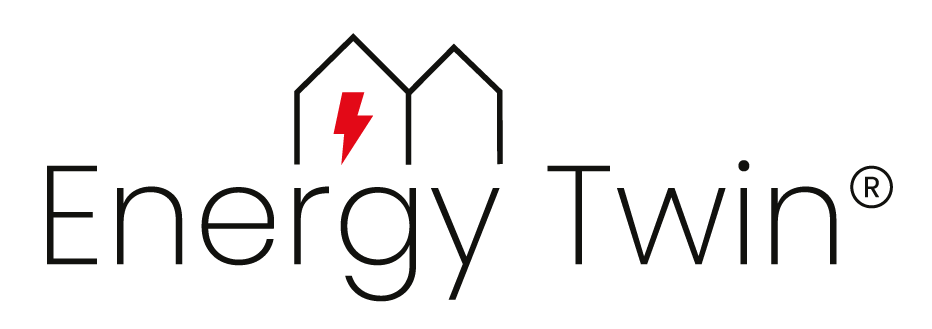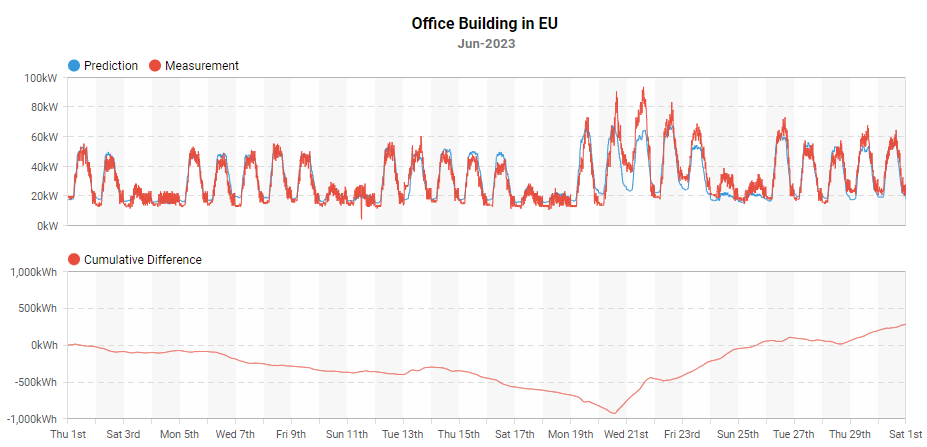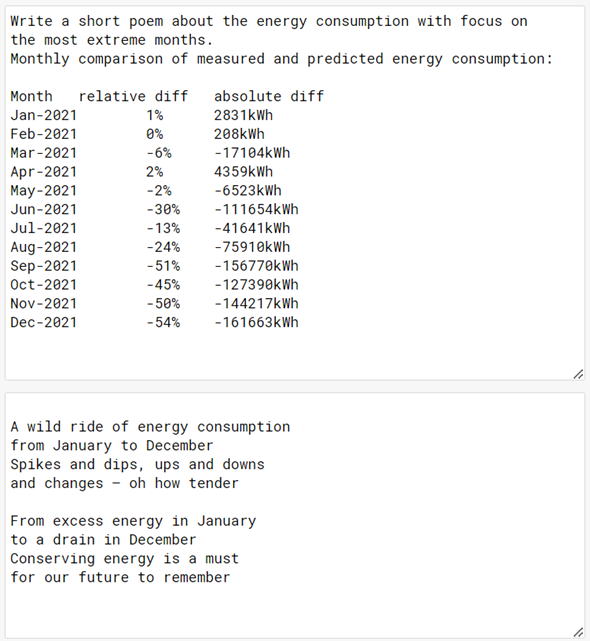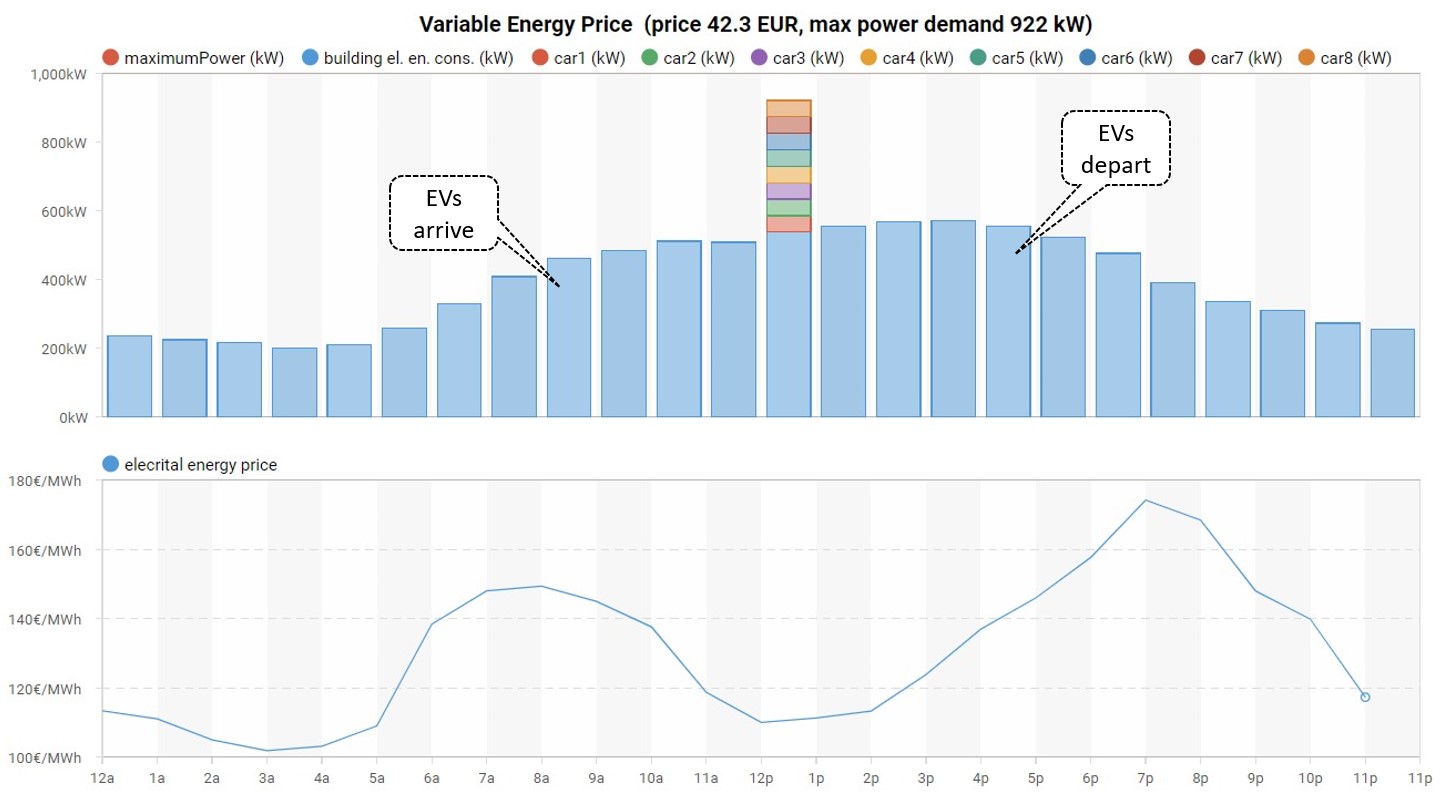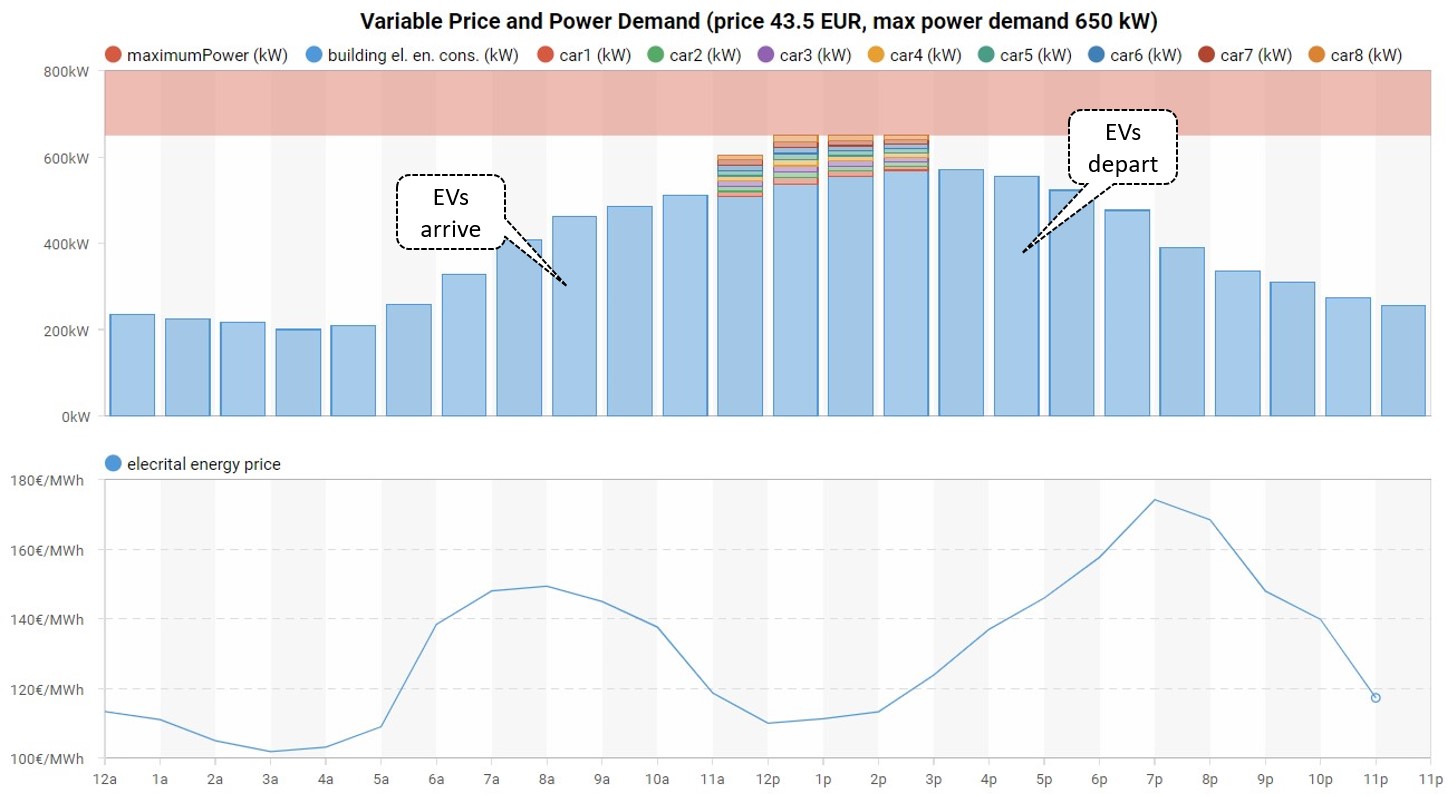
Category: Uncategorized

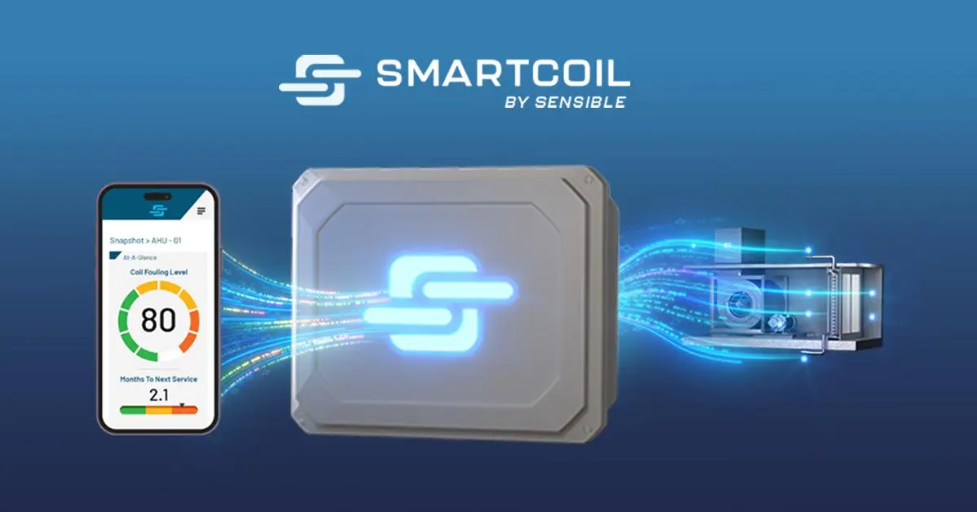
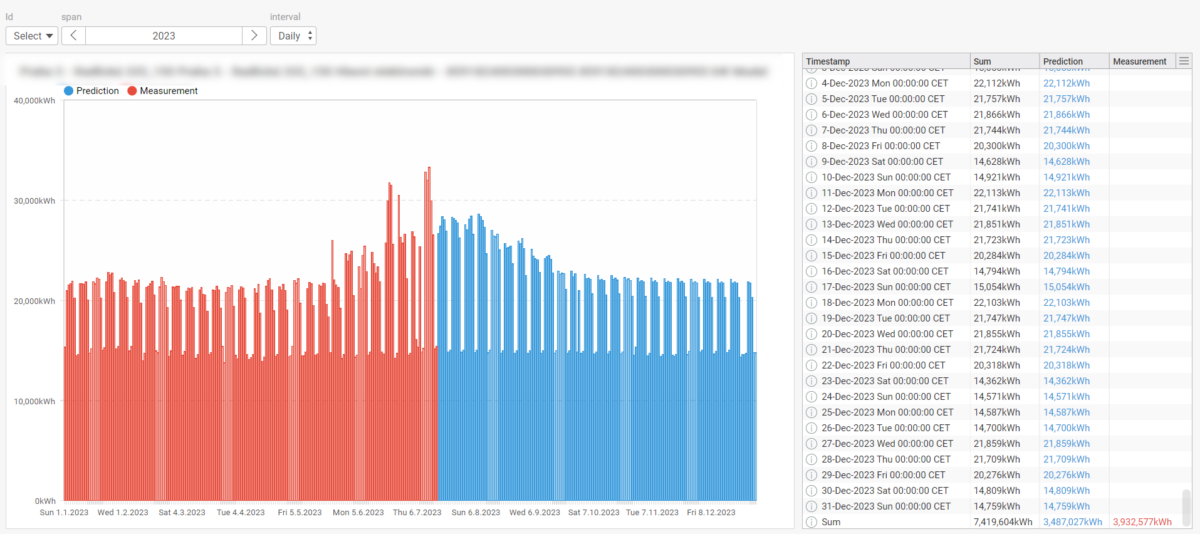


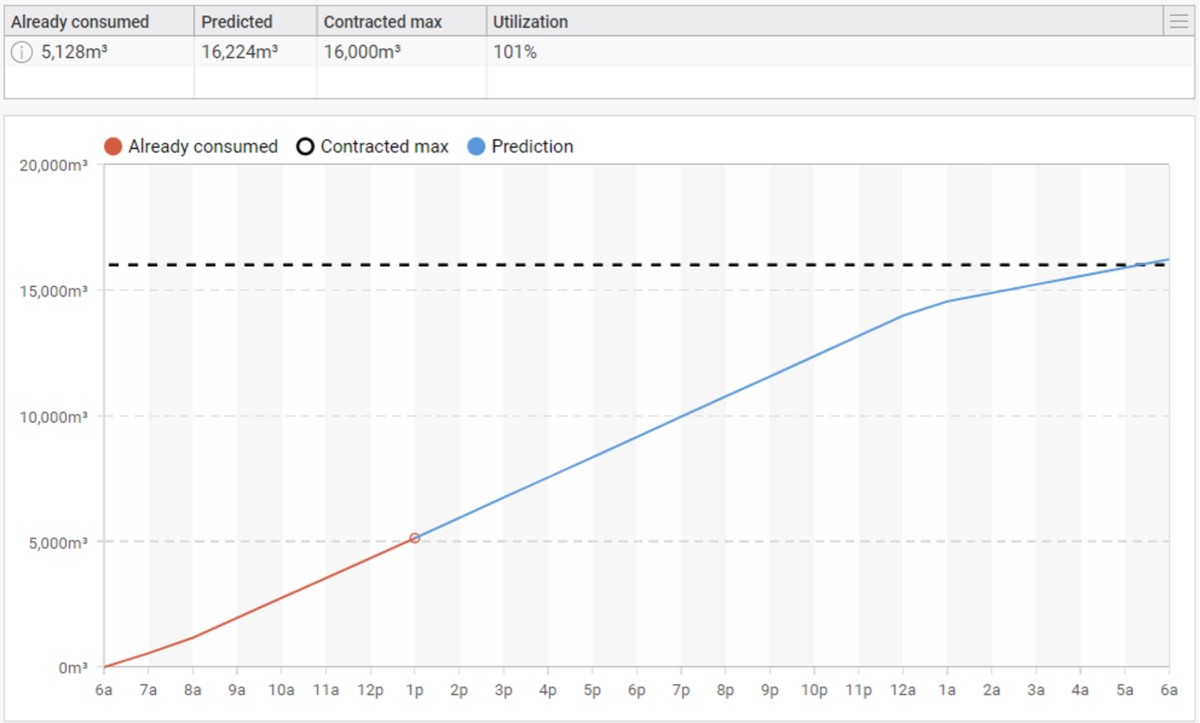
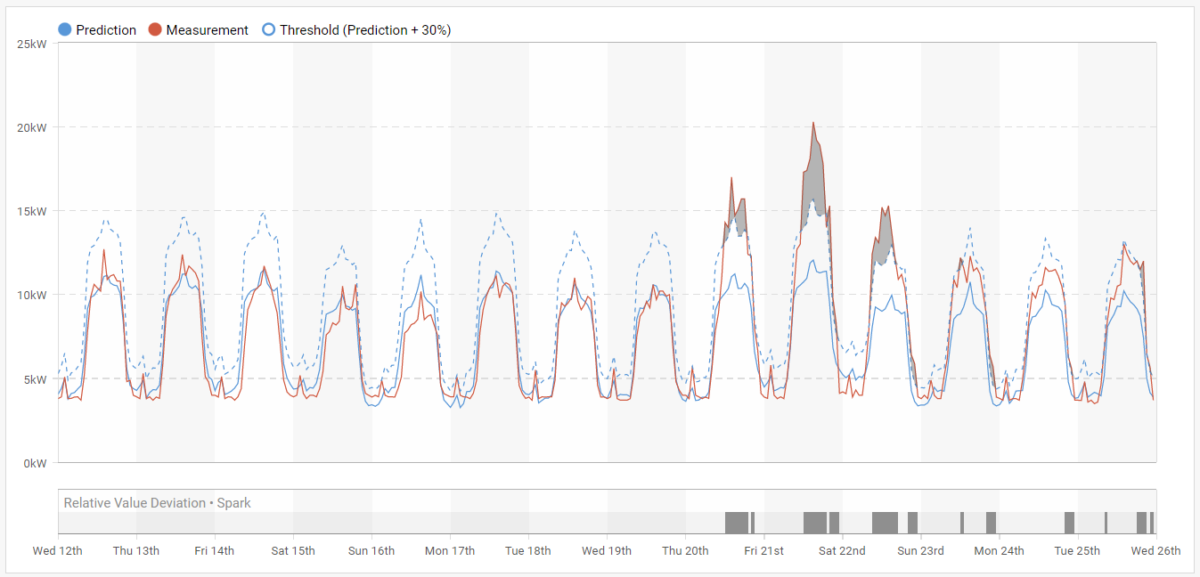
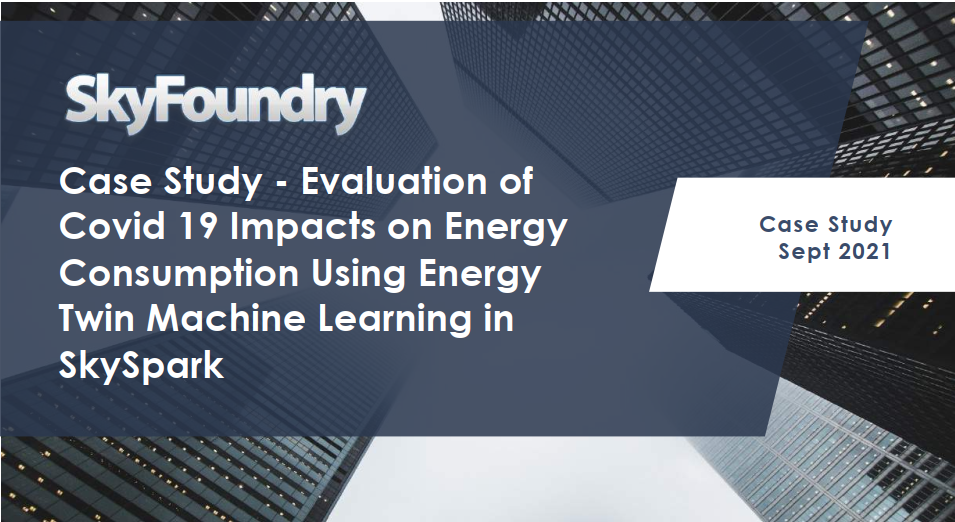
SkyFoundry has published a new Energy Twin case study. In this case study, we focus on the electrical energy consumption of three shopping malls during the covid 19 pandemics.
Using the Energy Twin, we can evaluate average weekly profiles for each period, compensating for the effect of the different outdoor temperatures. The Energy Twin model predicts how the energy consumption would look like with real weather conditions. We then compare the difference between measured data and Energy Twin model prediction.
